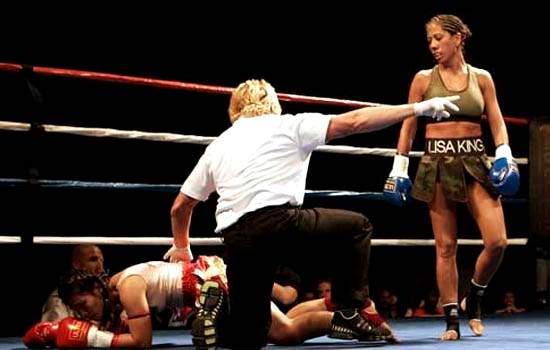GENERAL OVERVIEW
Muay Thai is a martial art originating from Thailand. Originally designed for the battlefields of Siam, Muay Thai has now become one of the most devastating fighting arts in the ring. Muay Thai uses only the most effective offensive and defensive moves. They are based on the eight limbs of the body – hands, elbows, feet and knees.
MUAY THAI BOXING
You might have heard about it, or even seen it on TV—the furious punches, crushing elbow strikes, lethal kicks, powerful grappling and artful feints. Welcome to the exciting world of Muay Thai, a martial art like no others, and a proud heritage of the Thai nation.
The history of Muay Thai is interwoven with the history of the Thai people. Gentle, peace-loving people, for centuries Thais had to defend themselves and their land from aggressive powers. They developed a form of close, hand-to-hand combat best suited for the kind of rough-terrain battle they were fighting. Over time it became a rite of passage for Thai men to take up training in this martial art. King Naresuan the Great (1555-1605), one of the country’s most celebrated warrior-heroes, is believed to have been an excellent boxer himself, and it was he who made Muay Thai a required part of military training. Another milestone in the history of Muay Thai was the triumph of Nai Khanom Tom over 10 Burmese boxers in 1774. Taken captive after the Thai capital fell in 1767, Nai Khanom Tom was picked to fight before the Burmese king. After defeating ten of them in a row, he was freed and returned home a hero.
In the old days, Muay Thai was a dangerous sport, with no safety gear of any kind for the fighters, and only lengths of cords to wrap around the fists in place of gloves. Over the years rules have been written along the line of international boxing regulations. In recent years the sport has attracted a wide following outside of the country, and training facilities have been set up in countries as far as the U.S. and the former Soviet states. In 1995 the World Muay Thai Council was set up by cabinet resolution in 1995 to promote this national heritage at national and international levels.
Muay Thai is fought in three two-minute rounds with one-minute breaks in between. The fight is preceded by a Ram Muay dance, in which each contestant pays respect to his teachers. Besides the symbolic meaning, the dance is a good warm-up exercise that demostrates balance and technique. You will notice that each boxer wears a headband and armbands. The headband, called mongkhol, is believed to bestow luck to the wearer since it has been blessed by a monk or the boxer’s own teacher. Since Buddhism and the teacher play important roles in the life of Thais, the headband is both a lucky charm and a spiritual object. It will be removed after the Ram Muay dance, and only by the boxer’s trainer. The armbands, meanwhile, are believed to offer protection and are only removed when the fight has ended.
A match is decided by a knockout or by points. Three judges decide who carries the round and the one who wins the most rounds, win the fight. The referee plays a very important role, since boxers’ safety depends on his decision.
RULES FOR A MUAY THAI BOXING MATCH
A ‘Muay Thai’ match genrally can have anywhere between 3 to 5 rounds. If the fight is set for a 3:2 minute round in summary it means that it is a 3 minute round that will last 2 minutes, with a one minute break. If it scheduled for 5:3 you will know that it is 5 rounds, that will last 3 minutes per round with a 2 minute break in between. No additional rounds are allowed under official Muay Thai Rules.
Boxers must regularly wear gloves, each weighing not less than 6 ounces, a mouthguard is also required. Each fighter must fight bare-foot however ankle supports are allowed.

